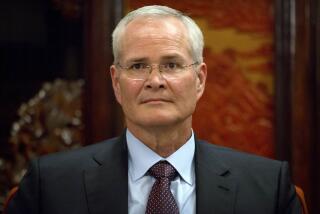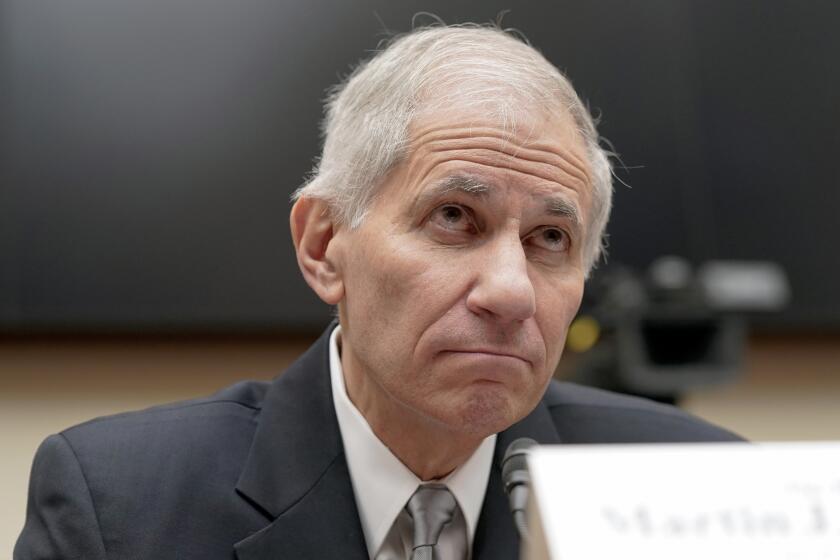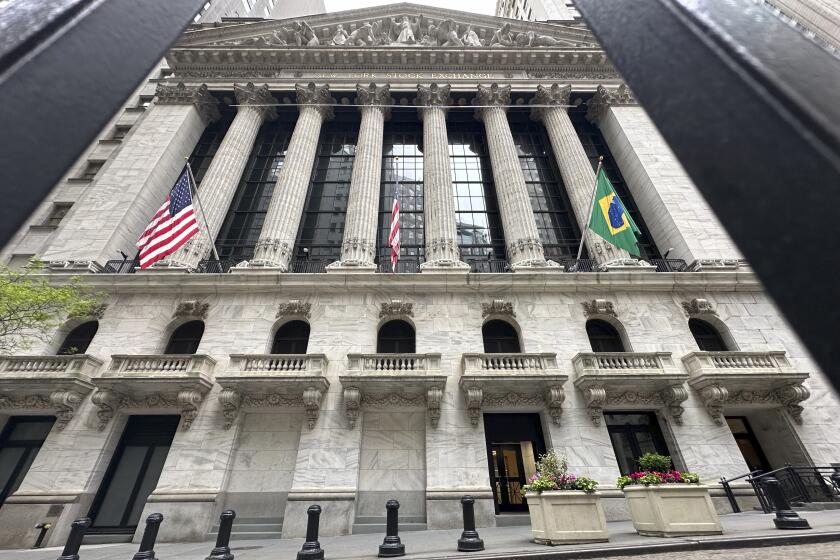Good News Behind High Prices of Metals
Among the most golden opportunities available to investors in recent months has been, well, gold.
Not to mention copper. And nickel. And oil.
Indeed, prices of metals and other commodities have been on the rise, a powerful indicator underscoring the inexorable growth of nations such as Russia and China and suggesting that the global economy may well be on the mend.
The price of copper, for example, is up 17% this year, after being depressed for more than a decade. High levels of home building in the United States, the world’s second-largest user of copper, account partly for the metal’s luster. But more of the demand for copper has come from headlong industrial development in China, the world’s largest consumer of this metal and many others.
“China obviously is the bright spot” in the market, says Arthur Miele, senior vice president of marketing for Phelps Dodge Corp., the Phoenix-based company that stands as the world’s largest copper producer.
In fact, China’s use of copper is increasing more than 15% annually, according to Miele, because of its importance in electric motors and various appliances that the country exports. At the same time, the gleaming new factories, office towers and homes that China is building are boosting the need for copper and other basic materials. On top of that, there is a growing appetite among Chinese consumers for washing machines, hair dryers and other gizmos that spell higher living standards around the world.
China’s consumption of nickel, a key component of stainless steel, recently has pushed that metal’s price to three-year highs, as well. No wonder that nickel giant Inco Ltd., like Phelps Dodge, is trading at its highest levels in years on the New York Stock Exchange.
Notably, the run-up in commodity prices is mostly being triggered by increasing demand, not slumping supplies.
The Organization of the Petroleum Exporting Countries voted just last week to cut production because it’s so concerned about the rush of new supplies coming on the market to meet the global thirst for energy. Russia, which now produces more crude oil each year than does Saudi Arabia, is seen as a particular threat.
“Russia has ambitions to become a leading world supplier of oil at reasonable prices,” notes Newport Beach-based economist and energy analyst Philip Verleger. As if to underline those ambitions, Russian President Vladimir V. Putin, who is meeting with President Bush this weekend at Camp David, vowed Friday during a visit to the New York Stock Exchange that Russia would supply 10% of U.S. oil imports within five years. That would double Russia’s current share of the U.S. market.
As for gold, its price hit a seven-year high, of $394 an ounce, just last week. And Pierre Lassonde, president of Newmont Mining Corp., the world’s largest gold producing company, sees no end in sight. “I am predicting it will head higher -- to $450 next year,” he says without hesitation.
One big reason: Institutional money managers have been seizing on the upswing and allocating a growing portion of their assets to commodities, including gold bullion. In this way, the trend is feeding on itself.
There are, of course, always psychological (as well as financial) reasons behind the price of gold. The precious metal is traditionally seen as a haven and, Lord knows, today’s terror-stricken world could use a haven or two. The dollar’s decline on world currency markets also is making gold look more attractive.
But there is another, more positive rationale for gold’s resurgence: growing demand for jewelry in China and India.
It is easy to overlook such blossoming prosperity in an uncertain age. But the emergence of China and India -- not long ago locked in communist rigidity and relentless poverty -- serve as a useful reminder: The world economy, like a piece of metal itself, is being forged into something ever brighter and stronger.
James Flanigan can be reached at jim.flanigan@ latimes.com.






